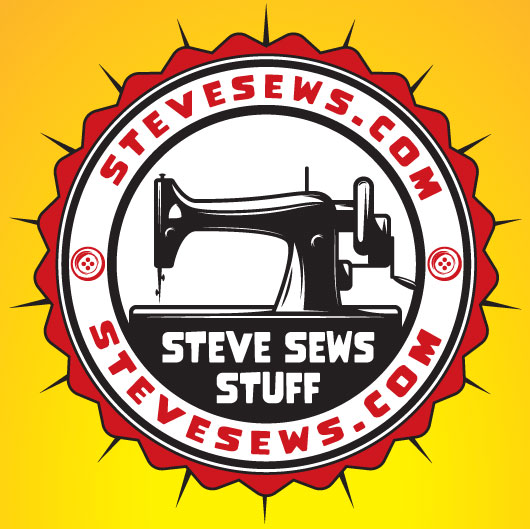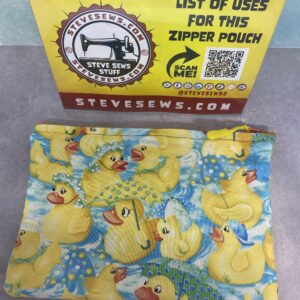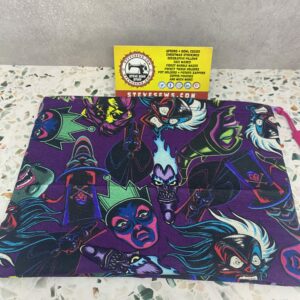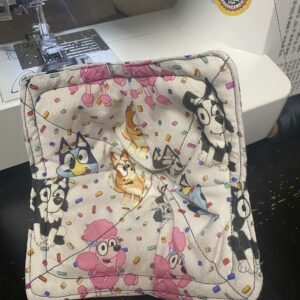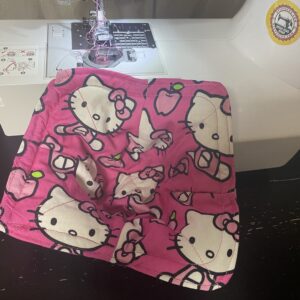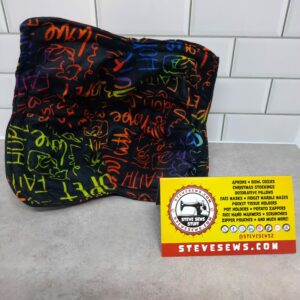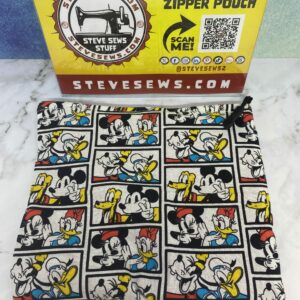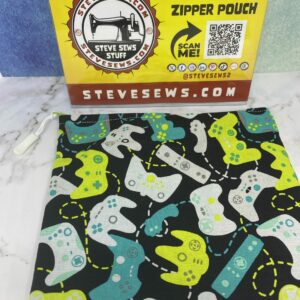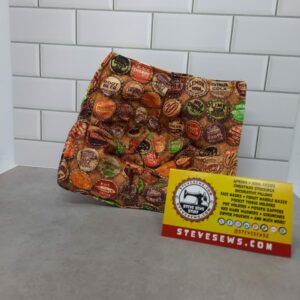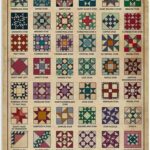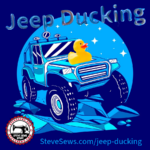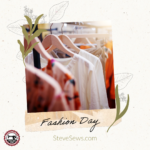The direction in which the fabric is cut can affect the drape and overall look – Another thing that most people may not know about sewing is that the direction in which the fabric is cut can affect the drape and overall look of the finished garment.
The direction in which the fabric is cut can affect the drape and overall look
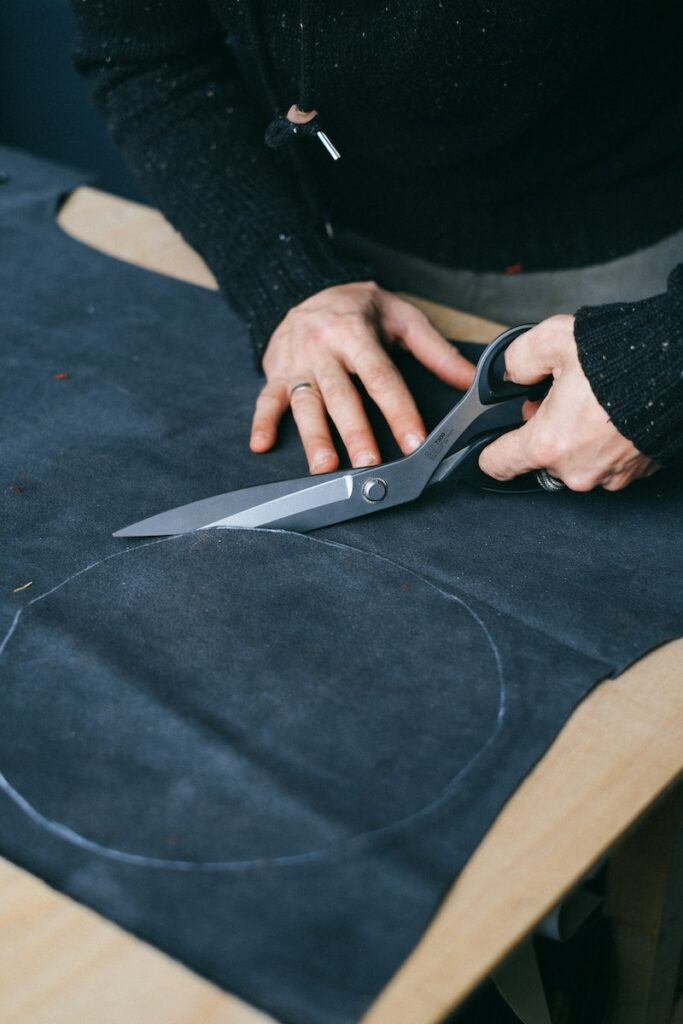
Some fabrics, such as silk or velvet, have a “nap” or a direction in which the fibers lie. Cutting the fabric in the wrong direction can result in a different color or texture, or even cause the fabric to appear shiny or matte in different areas.
Additionally, some fabrics may have a one-way design that needs to be cut in a specific direction for the design to appear correctly on the finished garment. Therefore, it’s important to pay attention to the fabric’s direction and pattern placement when cutting out pattern pieces in order to achieve the desired look of the finished garment.
When you pick up a piece of fabric, have you ever noticed that it tends to drape in a certain way? That’s because the direction in which the fabric is cut can affect the drape and overall look of the finished garment or item. It may seem like a small detail, but understanding the direction of the fabric grain can make a big difference in the final product.
The grain of fabric refers to the way the threads are arranged within the fabric. There are three main directions of the grain: lengthwise grain, crosswise grain, and bias grain. The lengthwise grain runs parallel to the selvage edge of the fabric (the finished edge that doesn’t fray), while the crosswise grain runs perpendicular to the selvage. The bias grain runs diagonally across the fabric at a 45-degree angle to the lengthwise and crosswise grains.
When fabric is cut along the lengthwise grain, it has a natural stretch that runs vertically down the length of the fabric. This means that the finished garment or item will have more give in the length and less give in the width. This can be important when making a garment like a dress or skirt, where you want the fabric to stretch comfortably around the body without becoming too loose or too tight.
On the other hand, if fabric is cut along the crosswise grain, it will have more stretch horizontally across the width of the fabric. This can be useful when making items like sleeves or cuffs, where you want the fabric to stretch around the arm comfortably.
The bias grain is the most stretchy and has the most drape. When fabric is cut on the bias, it tends to fall and drape more fluidly than fabric cut on the lengthwise or crosswise grain. This is why bias-cut dresses and skirts are often considered elegant and flattering, as they hug the curves of the body while still allowing for movement.
It’s important to pay attention to the direction of the fabric grain when cutting out pattern pieces for a project. If the pattern instructions specify a particular direction, it’s best to follow them. If not, you may need to experiment a bit to see which direction will give you the look and drape you want.
Another thing to keep in mind is that the direction of the fabric grain can affect the pattern placement on a garment. If you’re working with a print or patterned fabric, you may want to make sure that the print is oriented correctly on each pattern piece before cutting. For example, if you’re making a dress with a floral print, you may want the flowers to be centered on the bodice and skirt pieces.
In conclusion, understanding the direction of the fabric grain can make a big difference in the final look and drape of a garment or item. By paying attention to the grain when cutting out pattern pieces and choosing the right direction for each piece, you can create a finished product that is comfortable, flattering, and beautiful. So next time you’re working with fabric, take a moment to examine the grain and consider how it will affect your project.
Upcoming Events
This is a list of the upcoming events that Steve Sews will be at. If you know of one in the East Tennessee area, let me know.
None at this time. Check back later.
Meet …
Meet the staff and/or equipment for Steve Sews.
- Brother Stitch (Current Sewing Machine)
- Forge (Circuit)
- Interns
- Lovees (Stuffed Animals)
- Mendi (My Wife’s Sewing Machine)
- Rosie (Antique Sewing Machine)
- Steve (Steve himself)
- The Masked Bandit (Steve’s older Sewing Machine)
- Trainees
- Van the T-Rex (Helper)
- Zee (Face Mask Model)

SUBSCRIBE TODAY!
Don’t miss a single blog post about sewing, quilting, crafts, and recipes! Plus so much more!
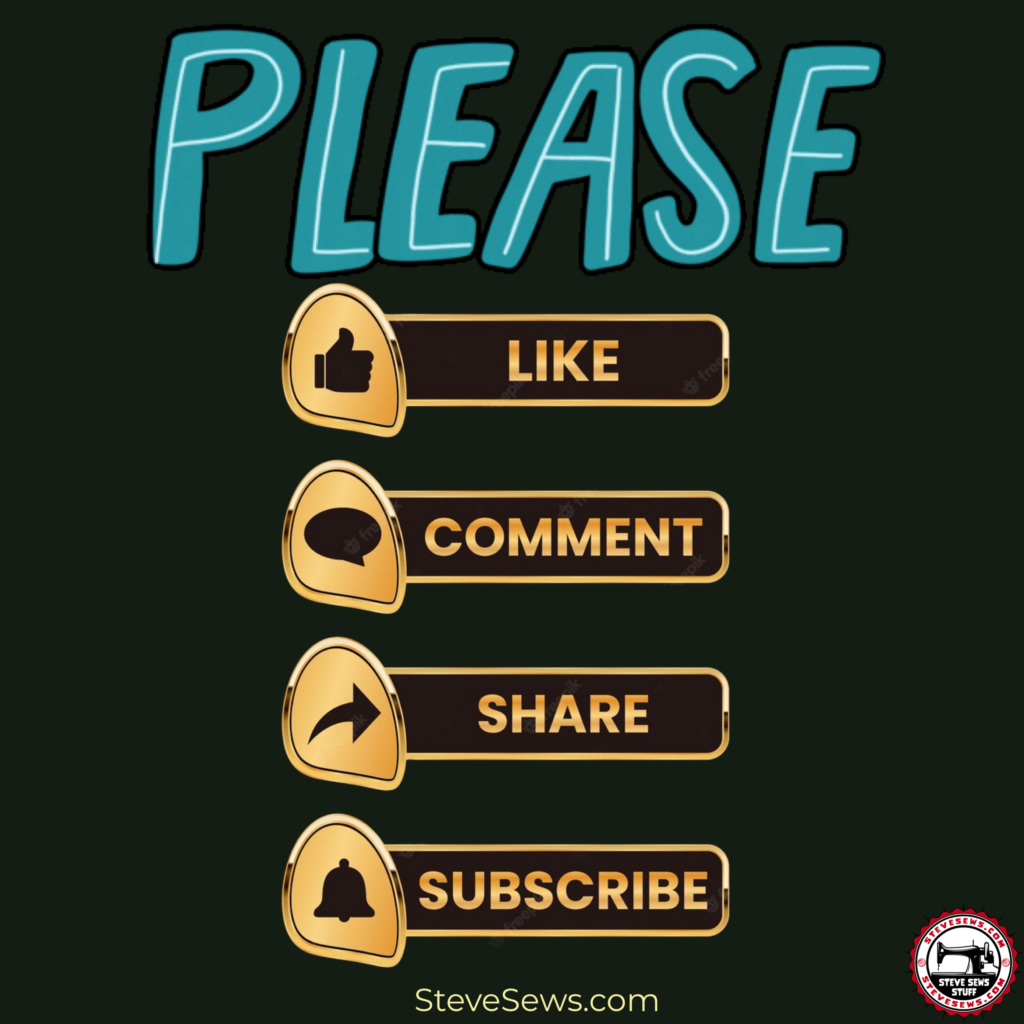
Follow on WordPress
Follow Steve Sews Stuff on WordPress.comFollow Steve Sews Stuff on Social Media:
You can also choose to follow Steve Sews Stuff on social media as well. (@SteveSews2)
Below are some examples of blog entries from all blogs that I do. (Courageous Christian Father, Steve Sews Stuff and SteveZ DesignZ).
Recent Feed of All of Steve’s Blogs
Recent Posts on Steve Sews
Below is a list of the most recent blog posts found on Steve Sews for you to check out.
Clipart: Unsplash, Pixabay, Pexels, Openverse, Adobe Express, Adobe Stock, FreePik, MetroCreative, Wonder AI, Algo AI and more. This site uses Amazon Affiliate Ads & Google Ads.
